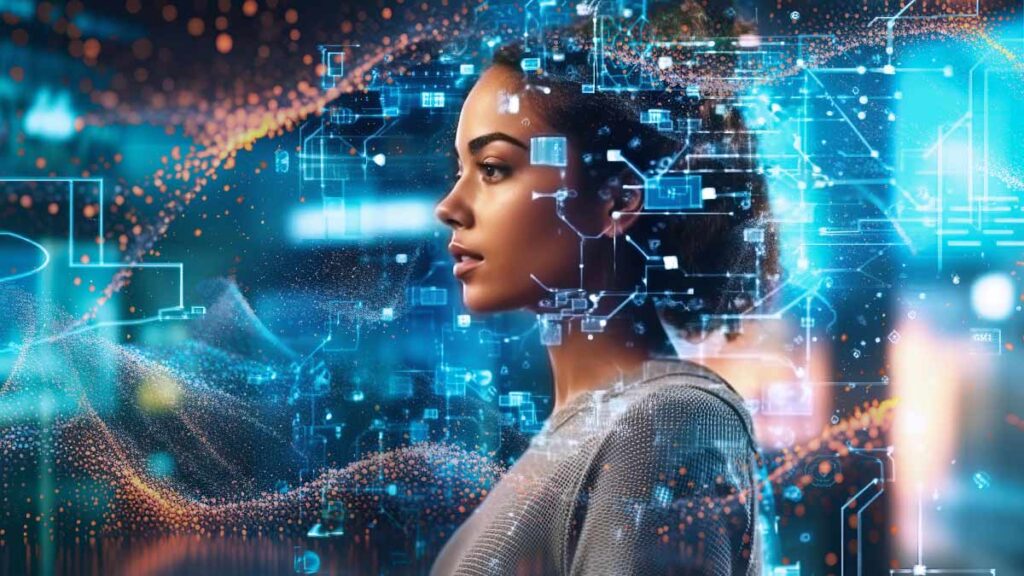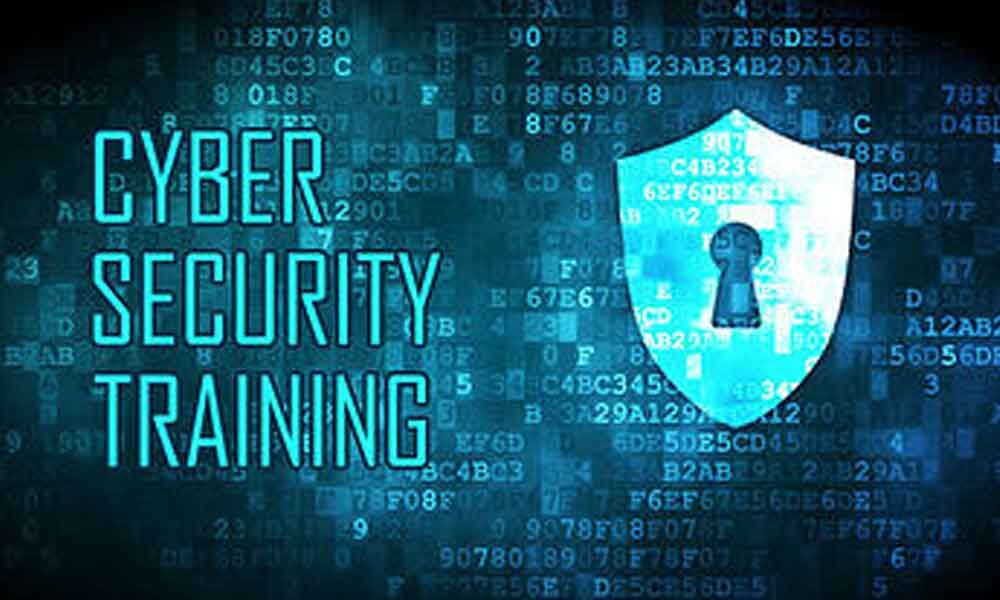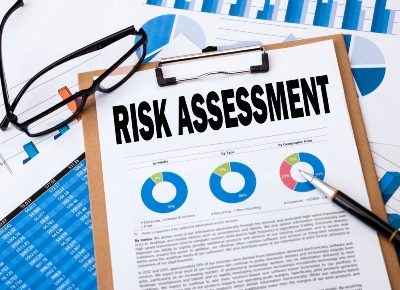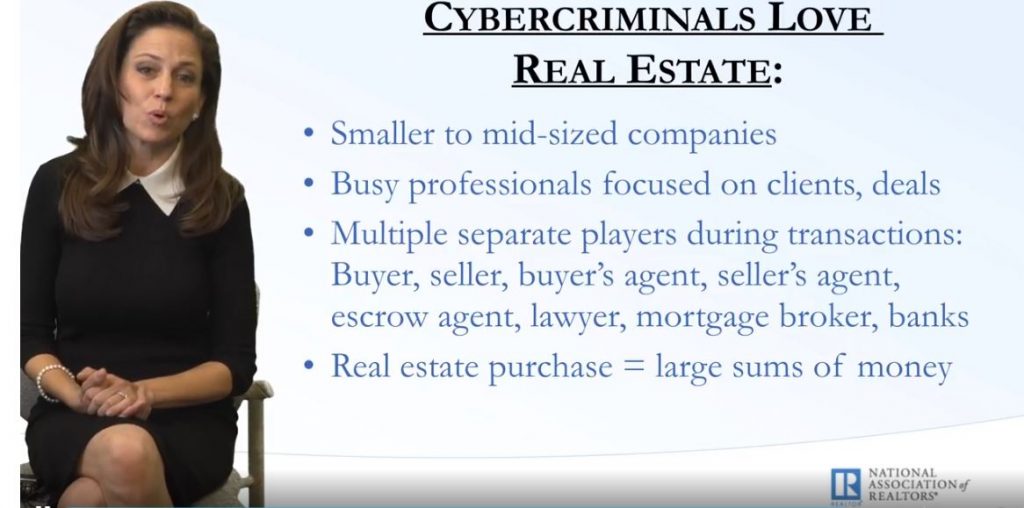Yes, VCISO (Virtual Chief Information Security Officer) services can be delivered with the aid of AI, but it’s important to understand that while AI can enhance the capabilities of a vCISO, it currently can’t fully replace the strategic and leadership aspects provided by a human CISO (or VCISO).
Here’s how AI can be used in vCISO services:
1. Threat Detection & Monitoring: AI tools can analyze vast amounts of security data, identify patterns, and detect potential threats faster than humans. AI-powered security tools like Security Information and Event Management (SIEM) platforms can automate the monitoring of security events, reducing the time to respond to threats.
2. Risk Assessment & Management: AI can analyze the risk landscape and provide insights into the vulnerabilities of an organization’s IT infrastructure, using predictive models to assess future risks. This helps inform the vCISO’s decisions.
3. Compliance & Auditing: AI can help automate the process of compliance checks, generating reports, and assisting with auditing processes, ensuring organizations stay in line with regulatory standards.
4. Security Automation: AI can automate many routine security tasks, such as patch management and incident response, allowing the vCISO to focus on higher-level strategic decisions.
5. Data Analysis for Decision-Making: By analyzing historical data, AI can help the vCISO understand past incidents and trends, assisting in proactive security planning and identifying areas of improvement.
However, AI is not yet capable of fully replacing the human elements that come with a vCISO’s role, such as:
– Strategic Vision: A vCISO is expected to align security strategies with business goals, manage a team, and communicate with executives in a way AI can’t fully replicate.
– Policy Creation & Governance: Developing security policies and ensuring they fit within an organization’s culture and compliance framework still requires human judgment.
– Crisis Management: In times of cyberattacks or breaches, human intuition and decision-making are crucial. AI can support this, but ultimately, a vCISO’s leadership is vital.
So, while AI can certainly assist with many operational and tactical aspects of a vCISO role, human oversight is still essential for the broader strategic, leadership, and governance tasks.
Here are some AI-driven tools and technologies that can assist in various areas of cybersecurity, particularly for vCISO related services:
1. AI-Powered Threat Detection
– Darktrace : Uses machine learning to detect anomalies and potential cyber threats in real-time. Darktrace’s AI is self-learning, which means it continuously adapts to your network and security environment to identify new threats.
– CrowdStrike: Offers AI-based endpoint protection that uses behavioral analytics to detect, prevent, and respond to cyber threats. It’s widely used for preventing attacks like ransomware and malware.
– Vectra AI : Specializes in threat detection and response using AI. Vectra’s Cognito platform helps organizations detect hidden threats and risks across networks, cloud environments, and endpoints.
2. Automated Incident Response
– Cortex XSOAR (formerly Demisto): An automation platform from Palo Alto Networks that helps orchestrate and automate security operations. It uses machine learning to help automate responses to common security incidents and improve efficiency.
– Splunk Phantom: Another platform that automates and orchestrates security workflows. It integrates with a variety of tools and helps vCISOs automate responses to threats based on predefined criteria.
3. Risk Management & Vulnerability Scanning
– Qualys: AI-driven vulnerability management tools that help identify and prioritize vulnerabilities across IT systems, devices, and networks. It provides real-time visibility into risks and helps organizations remediate them quickly.
– Tenable (Nessus): Uses AI for vulnerability scanning and assessment, helping organizations understand their exposure to risks and prioritize remediation efforts.
4. Behavioral Analytics
– Sumo Logic: Provides security analytics powered by machine learning. It helps in analyzing large volumes of security data to detect abnormal behavior patterns that might indicate a breach or attack.
– ObserveIT: A user activity monitoring and data loss prevention platform that uses AI to detect risky behavior or potential insider threats.
5. AI for Compliance Automation
– BigID: Uses AI to help organizations with data privacy and protection compliance, focusing on managing sensitive data. It can automate GDPR, CCPA, and other regulatory compliance tasks, reducing manual oversight for vCISOs.
– TrustArc: Offers AI tools to manage privacy risks and compliance programs. The platform helps automate the processes of data privacy impact assessments, reporting, and compliance monitoring.
6. AI-Based Phishing Detection & Prevention
– PhishMe (now Cofense): Uses machine learning to analyze and respond to phishing threats. It trains employees to recognize phishing emails and integrates AI to identify suspicious email behavior automatically.
– Barracuda Networks: Their AI-driven platform helps protect against phishing, spear-phishing, and other email-based threats by analyzing incoming emails and detecting potential risks.
7. Advanced Malware Detection
– Cylance (acquired by BlackBerry): Uses AI to predict and prevent cyberattacks, including malware, before they can execute on an endpoint. The platform uses machine learning models that analyze files and processes for signs of malicious behavior.
– Sophos Intercept X: A comprehensive endpoint protection solution that incorporates AI and deep learning to detect malware, ransomware, and other advanced threats.
8. AI-Driven Security Information & Event Management (SIEM)
– IBM QRadar: A SIEM platform that integrates machine learning to help with threat detection, incident response, and compliance. It analyzes large amounts of security data in real-time to identify anomalies and emerging risks.
– LogRhythm: Another SIEM solution that uses AI to detect suspicious patterns and reduce false positives. It helps with faster identification and response to potential security incidents.
9. AI-Powered Fraud Detection
– Darktrace Antigena: In addition to threat detection, Antigena offers autonomous response capabilities. For example, it can stop a potential fraud incident before it spreads through network traffic.
– Kount: Uses AI and machine learning to identify fraudulent transactions in real-time. It helps prevent payment fraud and secure e-commerce platforms.
10. AI for Cloud Security
– McAfee MVISION Cloud: A cloud security platform that integrates AI to detect threats across cloud environments. It helps with data protection, user activity monitoring, and compliance in cloud platforms like AWS, Azure, and Google Cloud.
– Sumo Logic Cloud SIEM: AI-powered security information and event management tool for cloud environments that detects threats and anomalies using behavioral analysis across cloud infrastructures.
11. AI for Endpoint Protection
– SentinelOne: Uses AI to offer endpoint protection against known and unknown threats. It can automatically detect, prevent, and respond to attacks on endpoints in real-time, reducing the need for human intervention.
– Microsoft Defender for Endpoint: Uses AI to prevent, detect, and respond to threats across endpoints. The tool can autonomously block malicious files and activities.
Key Benefits for vCISO Services Using AI:
– Scalability: AI can handle vast amounts of data and continuously improve threat detection without human intervention.
– Efficiency: Automating routine tasks like monitoring, reporting, and incident response allows the vCISO to focus on strategic security goals.
– Real-Time Analysis: AI tools can offer real-time threat detection and quick responses, reducing potential damage.
– Continuous Improvement: Many AI tools learn and adapt over time, improving their ability to detect threats. While AI tools are incredibly powerful and can complement the work of a vCISO, human oversight is still essential to interpret AI-driven insights, manage complex decisions, and provide leadership.
Although AI can significantly enhance the operational capabilities of a vCISO, it still falls short of fully replacing the strategic insight, decision-making, and leadership that a human CISO provides.
Contact us today to learn how our vCISO services can support your cybersecurity needs. Together, we can explore how AI-powered solutions can enhance your protection and add value to your security strategy













